Windows 8 vs Mac OS X Mountain Lion head-to-head review
A comprehensive look at the UI, software, security and business features to see which OS is top dog.
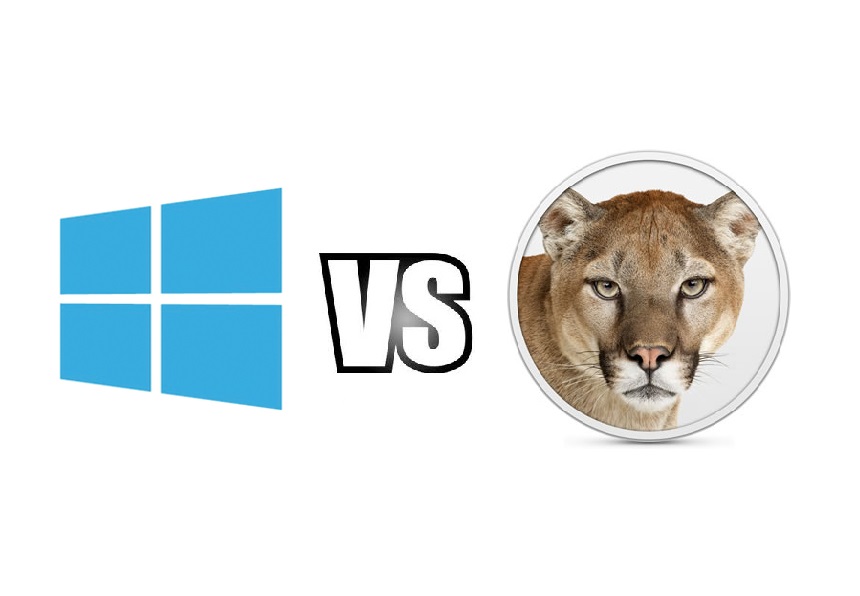

Performance
Apple designs and makes all its own hardware and is more ruthless when it comes to cutting off hardware support compared to Microsoft. Only devices that run OS X 10.6 or above can upgrade to Mountain Lion, which means nothing released before 2007 can officially use the latest OS. The forthcoming Mavericks release will be compatible with the same hardware.
This approach theoretically guarantees a base-level of performance when running OS X, and we've never experienced sluggishness when using Apple gear. The latest MacBooks and iMacs have all been beefy enough to handle intensive applications, and OS X has been consistently smooth.
The operating systems were designed with different performance goals in mind.
Battery life depends on hardware, but MacBook owners should take longevity into account if they're planning on dual-booting a machine with OS X and Windows using Boot Camp. While battery life is about what we'd expect in OS X, it drops dramatically in Windows: our last MacBook Pro review saw an OS X battery life of 10hrs 34mins drop to 4hrs 32mins when running Windows on it.
Mavericks won't be released until the Autumn, but we've no doubt it'll run as smoothly as Mountain Lion. Features already announced include the ability to "sleep" apps that aren't being used and compress RAM data from inactive apps to free up memory for use elsewhere.
Microsoft has worked hard to make Windows 8 run at acceptable levels on a huge variety of devices, and the versatility of the new OS is commendable. However, the sheer number of products with varying specs using Windows 8 means that it's not always a smooth experience. The Start screen judders when it's using weak processors, and low memory makes search and navigation feel slow.
It's a close-run thing between operating systems that are designed with different performance goals in mind: Windows 8 is built to work on everything from low-powered ARM and Intel's Atom chips to the beefed up Core i7s and for the most part it works well, despite occasional performance hiccups. OS X is only allowed near the fastest Core i5 and Core i7 parts and is often given a helping hand by high-end graphics cards and SSDs.
Get the ITPro daily newsletter
Sign up today and you will receive a free copy of our Future Focus 2025 report - the leading guidance on AI, cybersecurity and other IT challenges as per 700+ senior executives
Apple's software is slick and responsive, but Microsoft should be equally applauded for building a system able to run across such a wide variety of devices. It's a draw.
WINNER: Draw
Mike Jennings has worked as a technology journalist for more than a decade and has been fascinated by computers since childhood, when he spent far too long building terrible websites. He loves desktop PCs, components, laptops and anything to do with the latest hardware.
Mike worked as a staff writer at PC Pro magazine in London for seven years, and during that time wrote for a variety of other tech titles, including Custom PC, Micro Mart and Computer Shopper. Since 2013, he’s been a freelance tech writer, and writes regularly for titles like Wired, TechRadar, Stuff, TechSpot, IT Pro, TrustedReviews and TechAdvisor. He still loves tech and covers everything from the latest business hardware and software to high-end gaming gear, and you’ll find him on plenty of sites writing reviews, features and guides on a vast range of topics.
You can email Mike at mike@mike-jennings.net, or find him on Twitter at @mikejjennings
-
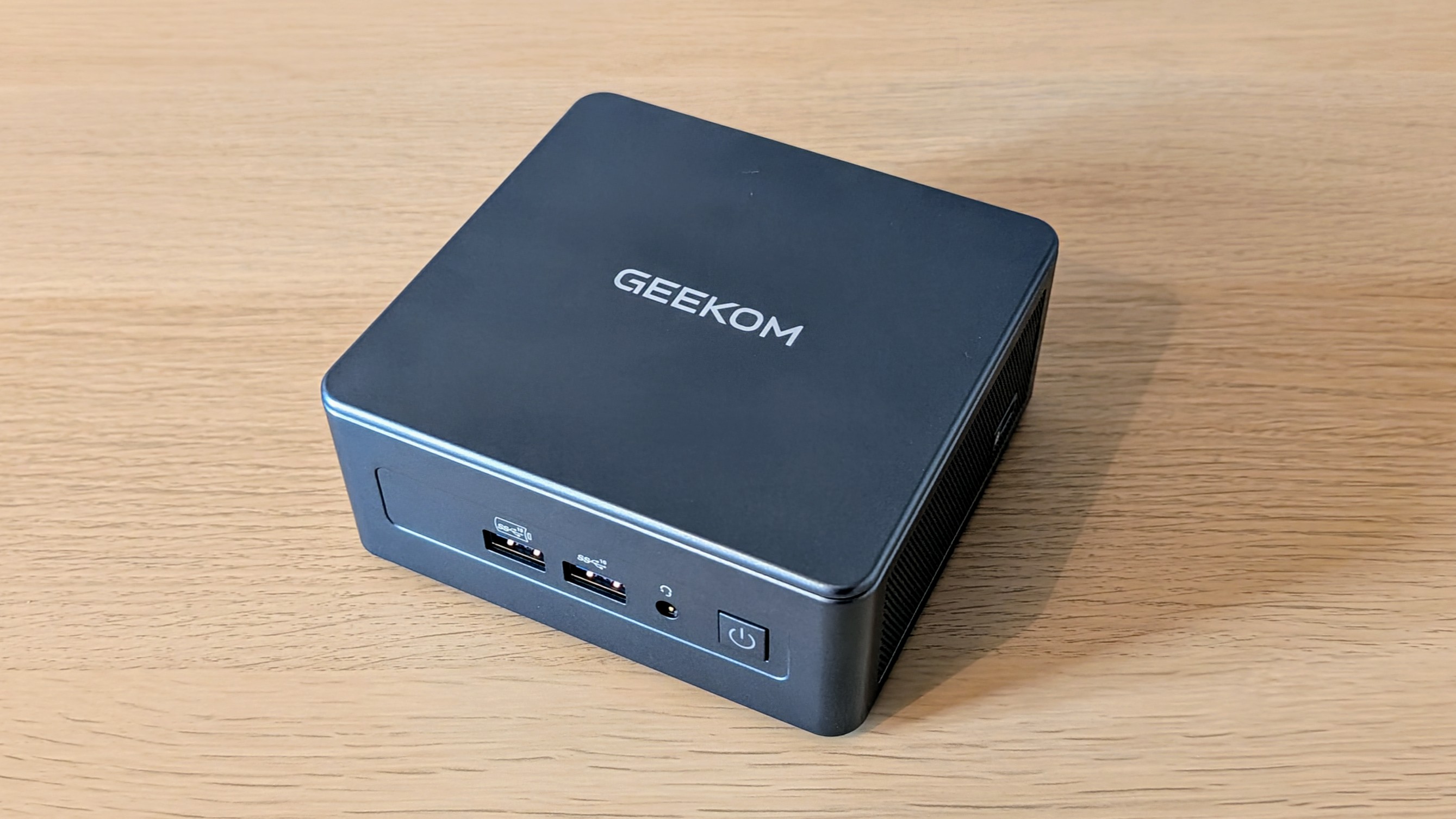 Geekom Mini IT13 Review
Geekom Mini IT13 ReviewReviews It may only be a mild update for the Mini IT13, but a more potent CPU has made a good mini PC just that little bit better
By Alun Taylor
-
 Why AI researchers are turning to nature for inspiration
Why AI researchers are turning to nature for inspirationIn-depth From ant colonies to neural networks, researchers are looking to nature to build more efficient, adaptable, and resilient systems
By David Howell
-
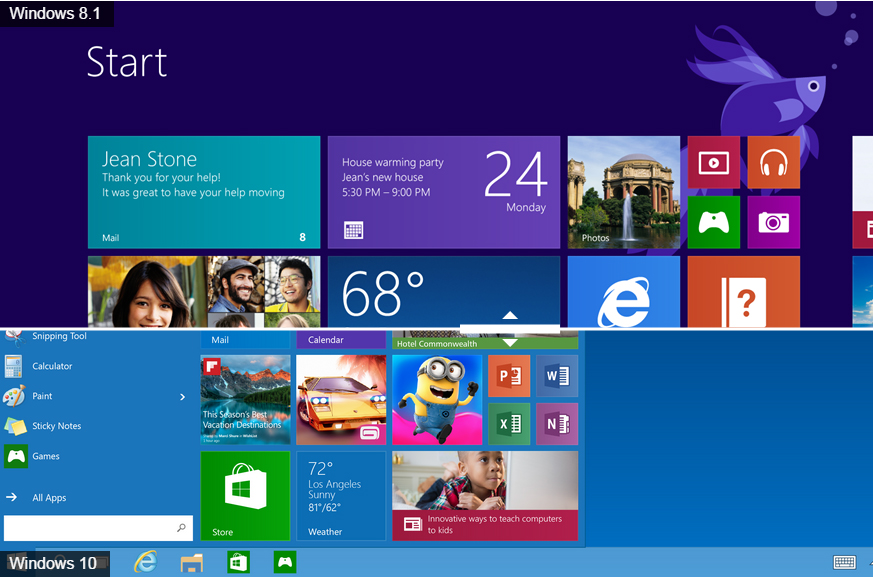 Windows 10 vs Windows 8.1: Which was the best operating system?
Windows 10 vs Windows 8.1: Which was the best operating system?Vs We rate Windows 10 vs Windows 8.1 in a number of key categories for professional use
By Barry Collins
-
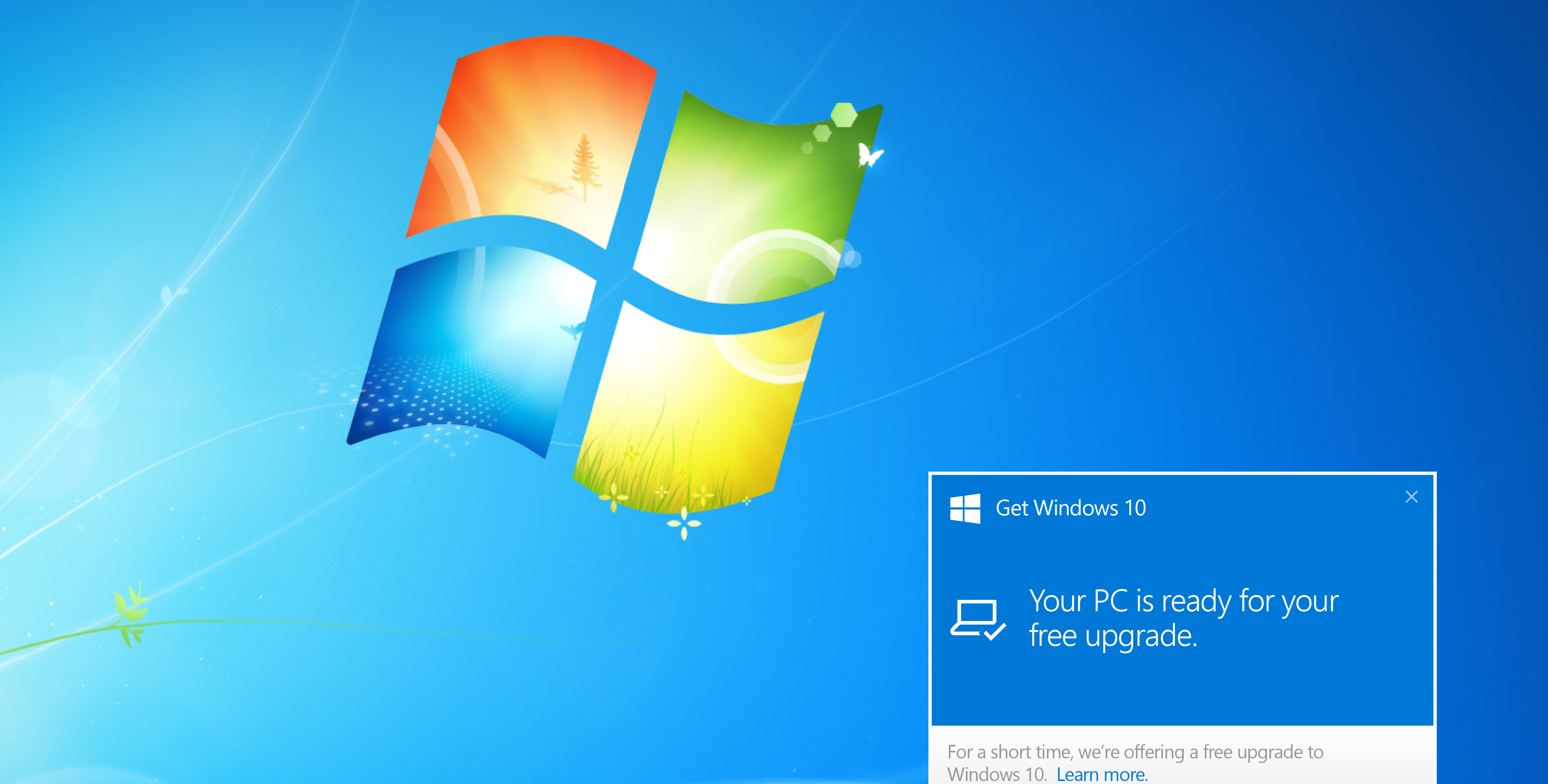 Windows 10 vs Windows 8.1 vs Windows 7 - Microsoft OS head-to-head
Windows 10 vs Windows 8.1 vs Windows 7 - Microsoft OS head-to-headVs We pit Microsoft's most popular operating systems against each other to see which is the greatest of all time
By Mike Passingham
-
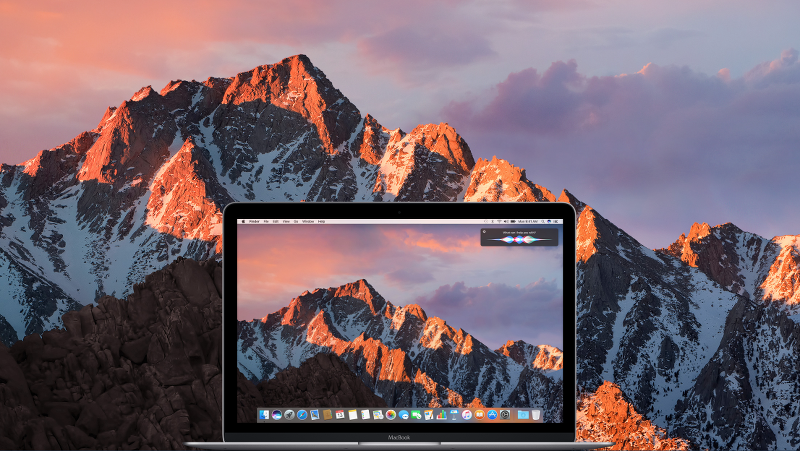 macOS Sierra UK release date, price, features: Night Shift mode returns with macOS Sierra 10.12.4 beta 8
macOS Sierra UK release date, price, features: Night Shift mode returns with macOS Sierra 10.12.4 beta 8Rumours The tech will reduce blue light from your screen at night time
By Jane McCallion
-
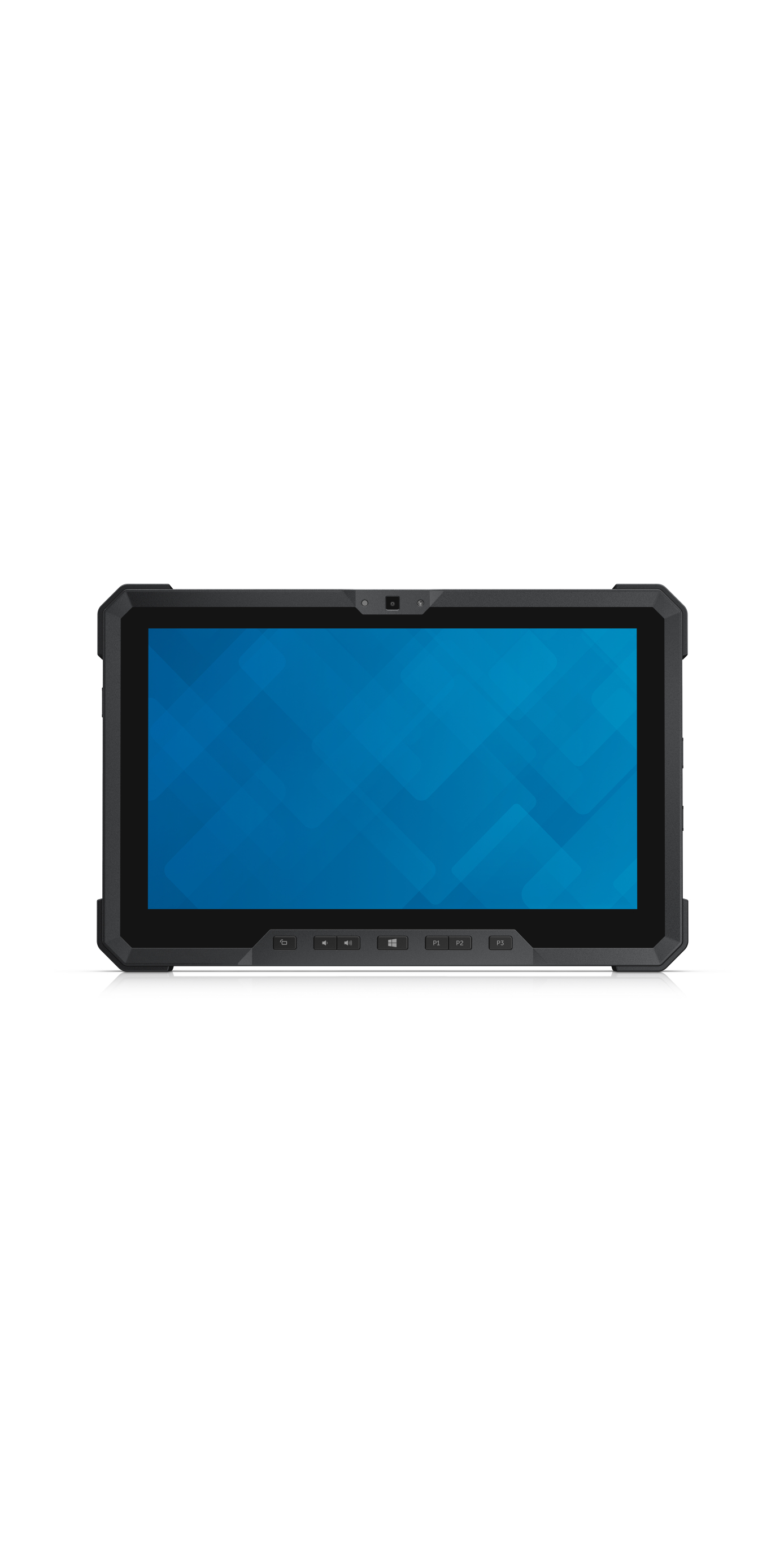 Dell Latitude 12 Rugged Tablet review
Dell Latitude 12 Rugged Tablet reviewReviews Dell's military-grade tablet wasn't rugged enough to survive IT Pro's Adam Shepherd
By Adam Shepherd
-
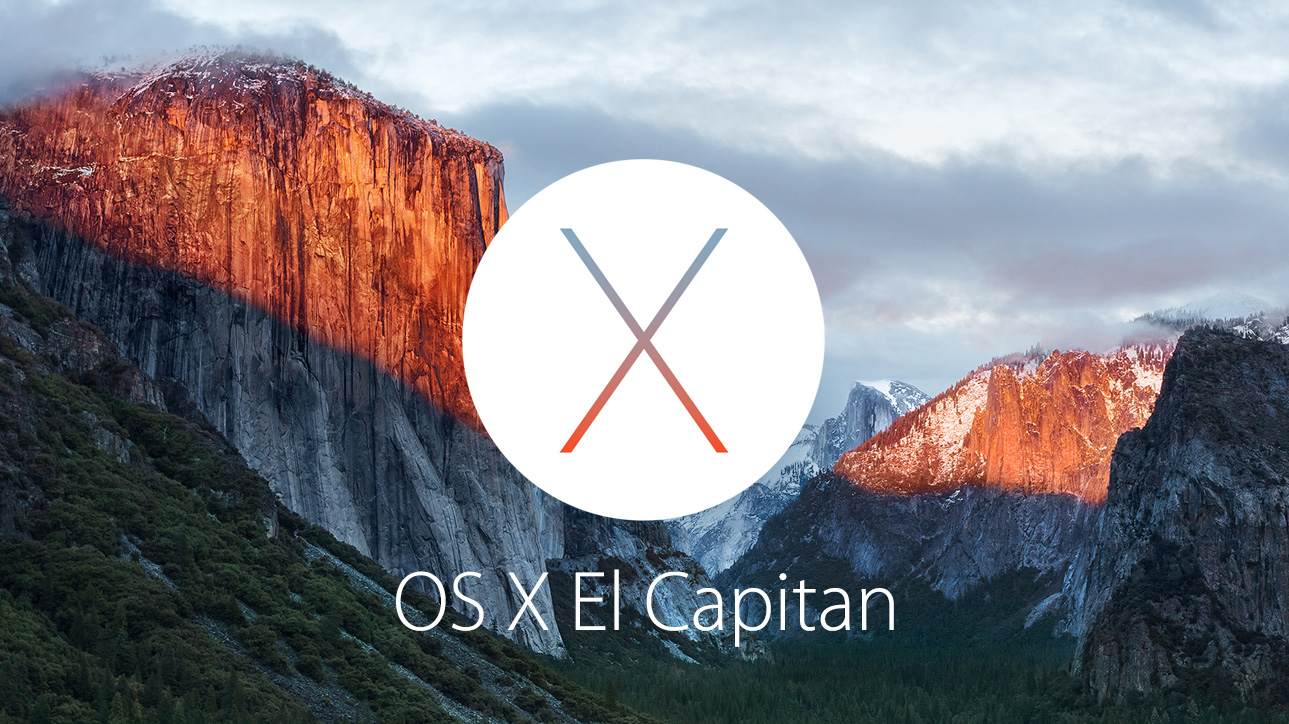 OS X 10.11 El Capitan release date and features: Is it worth upgrading?
OS X 10.11 El Capitan release date and features: Is it worth upgrading?News OS X 10.11.6 update released for developer and public beta testing
By Maggie Holland
-
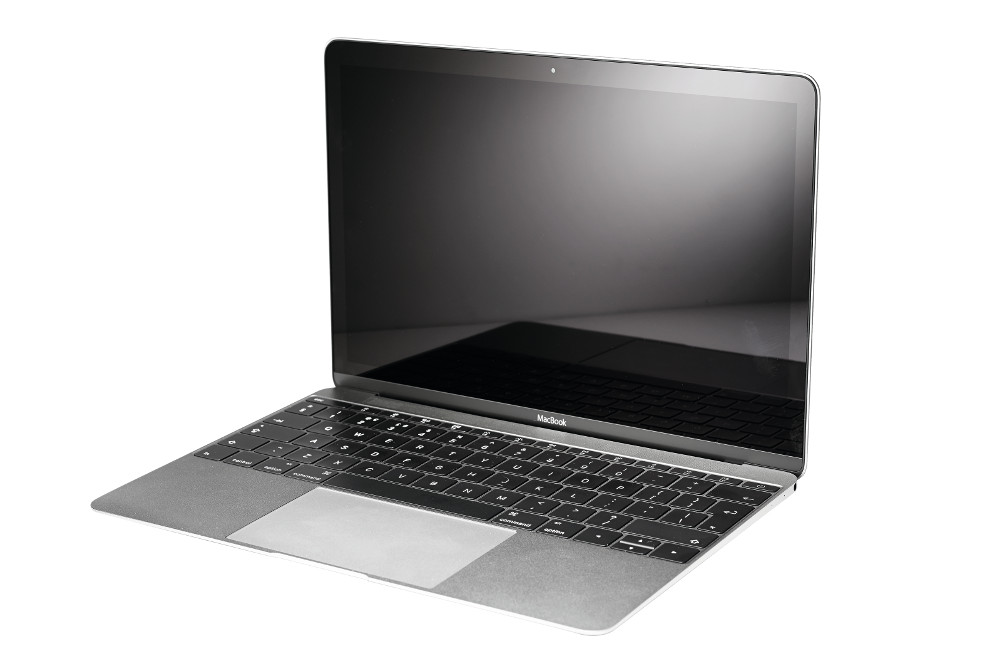
 Apple MacBook Retina 12in review - 'a superb choice, but challenging to fit into how you work'
Apple MacBook Retina 12in review - 'a superb choice, but challenging to fit into how you work'Reviews Apple upgrades specs and adds rose gold model for 2016 MacBook Retina 12in
By Alan Lu
-
 Critical vulnerability discovered in OS X
Critical vulnerability discovered in OS XNews Built-in security measures no match for Zero Day flaw, claims security firm
By Jane McCallion
-
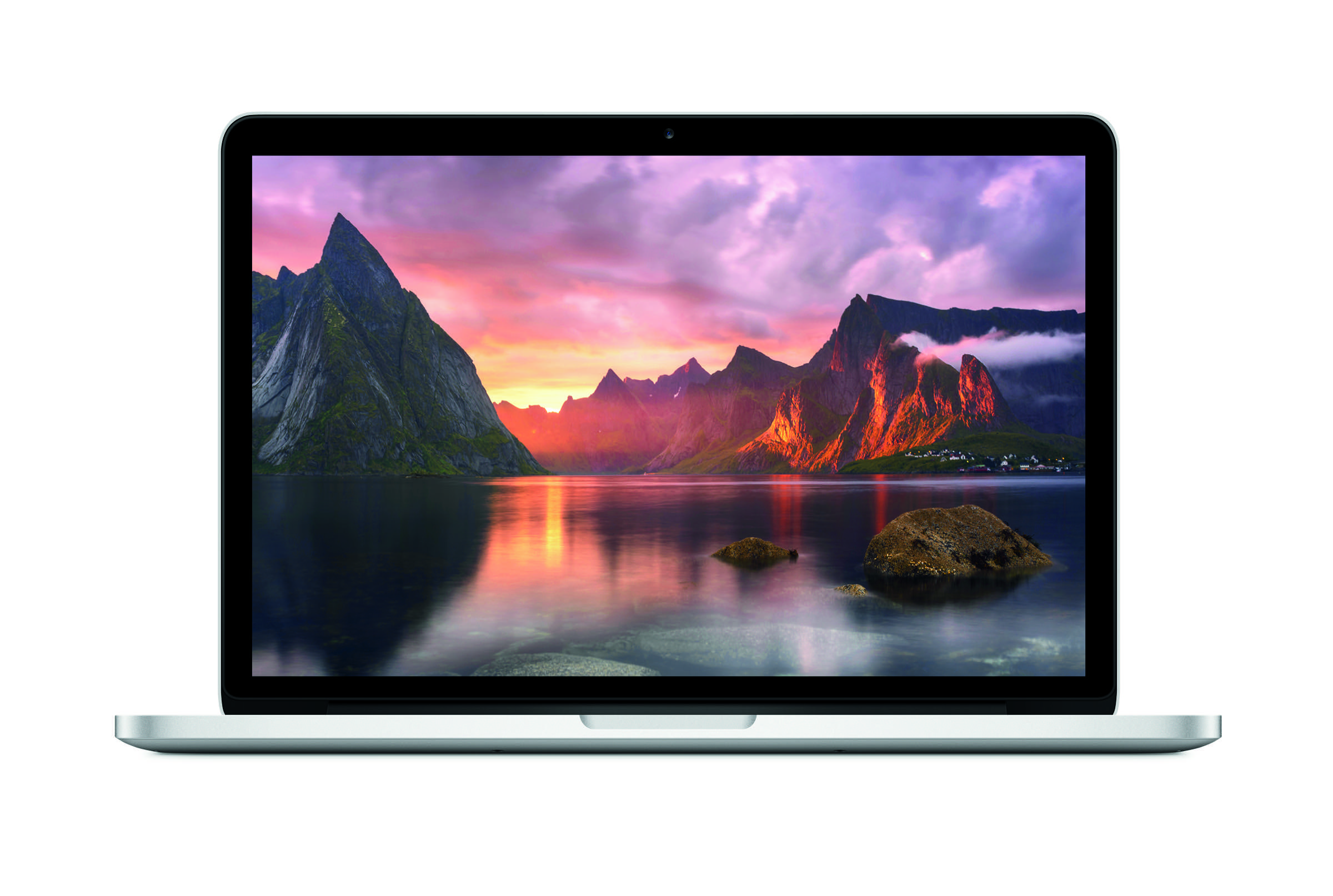
 Apple 13-inch MacBook Pro With Retina Display (Early-2015) review
Apple 13-inch MacBook Pro With Retina Display (Early-2015) reviewReviews A Broadwell upgrade provides impressive battery life for Apple’s business laptop.
By Cliff Joseph